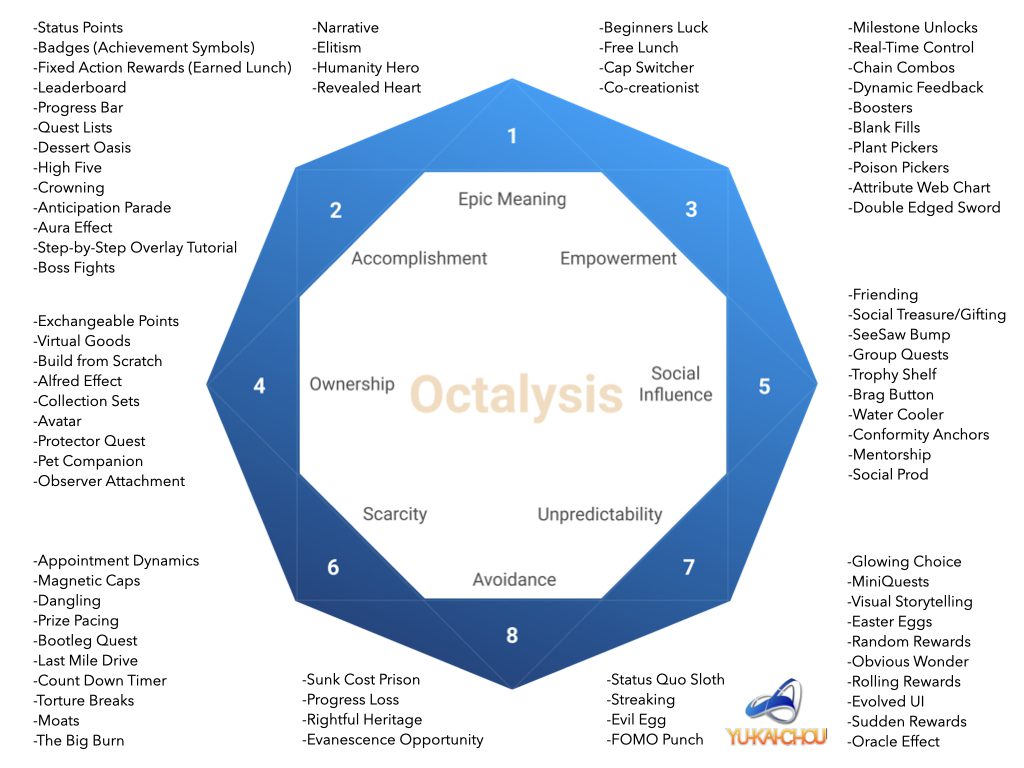Game designers are using various techniques and tools to create dynamic visual effects in video games. Particle systems are a common technique, which generate and render tiny objects in real-time to create effects such as fire, smoke, explosions, and spells that enhance the gaming experience. Shaders and physically based rendering are other powerful tools, along with animation, which is used to create a series of images displayed quickly to create the illusion of movement. Designers use popular tools such as Unity, Unreal Engine, Maya, and Houdini to create visually stunning games that are both technically impressive and immersive.
Creating Dynamic Visual Effects in Games: Techniques and Tools Used by Game Designers
Games have come a long way since the days of Pong and Space Invaders. Nowadays, video games have become more immersive and engaging than ever before, thanks in part to the dynamic visual effects that are now possible. From realistic explosions to lifelike rain and fire, game designers now have the power to create truly breathtaking visuals that enhance the gaming experience.
In this article, we will take a close look at some of the techniques and tools that game designers use to create dynamic visual effects in games.
Creating Visual Effects with Particle Systems
Particle systems are one of the most common techniques used by game designers to create dynamic visual effects. A particle system is a set of tiny objects (particles) that are generated and rendered in real-time. Each particle has properties such as size, color, speed, and lifespan, and can be controlled individually or as a group.
Particle systems are ideal for creating effects such as fire, smoke, explosions, and magical spells. For example, a fire effect might consist of thousands of individual particles that are generated and rendered in real-time. By controlling the properties of each particle, game designers can create a realistic and immersive fire effect that enhances the gaming experience.
Creating Visual Effects with Shaders
Shaders are another powerful tool used by game designers to create dynamic visual effects. Shaders are small computer programs that run on the graphics card and are used to manipulate the appearance of 3D objects in real-time.
There are many different types of shaders, each with a specific purpose. For example, a vertex shader might be used to deform a 3D object, while a pixel shader might be used to apply a texture or color to the object’s surface.
Game designers use shaders to create a wide range of visual effects, from realistic water and reflections to complex lighting and shadows. By manipulating the properties of each shader, game designers can create a truly unique and immersive visual experience for players.
Creating Visual Effects with Physically Based Rendering
Physically based rendering (PBR) is a relatively new technique that is rapidly gaining popularity in the gaming industry. PBR is a method of rendering 3D objects that is based on real-world physics principles. By using PBR, game designers can create highly realistic and immersive visual effects that accurately simulate the behavior of light and materials.
PBR works by simulating the properties of real-world materials such as metal, plastic, and glass. For example, a metal surface will reflect light differently than a plastic surface, and PBR takes these differences into account. By using PBR, game designers can create materials that look and behave realistically, even in complex lighting environments.
Creating Visual Effects with Animation
Animation is another powerful tool used by game designers to create dynamic visual effects. Animation involves creating a series of images (frames) that are displayed in rapid succession, giving the illusion of movement.
Game designers use animation to create a wide range of visual effects, from character movement to exploding buildings. By carefully manipulating the timing and movement of each animation frame, game designers can create truly immersive and engaging visual effects that bring the game world to life.
Tools Used by Game Designers to Create Visual Effects
In addition to the techniques discussed above, game designers also use a range of tools to create dynamic visual effects. Some of the most popular tools include:
1. Unity
Unity is a popular game engine that is widely used by game designers to create visual effects. Unity comes with a range of built-in tools and features that make it easy to create particle systems, shaders, and other dynamic visual effects.
2. Unreal Engine
Unreal Engine is another popular game engine that is widely used by game designers to create visual effects. Unreal Engine comes with a powerful visual scripting system that makes it easy to create complex visual effects without writing code.
3. Maya
Maya is a 3D modeling and animation tool that is widely used in the gaming industry. Game designers can use Maya to create complex 3D models and animations that can be imported into game engines like Unity and Unreal Engine.
4. Houdini
Houdini is a powerful 3D animation and VFX software that is used by game designers to create complex visual effects. Houdini is particularly useful for creating procedural animations and effects that can be executed in real-time.
Conclusion
Dynamic visual effects are an essential part of modern video games, and game designers have access to a wide range of techniques and tools to create these effects. Whether they are using particle systems, shaders, physically based rendering, or animation, game designers have the power to create truly breathtaking visuals that enhance the gaming experience. By mastering these techniques and tools, game designers can create games that are not only technically impressive but also visually stunning.
